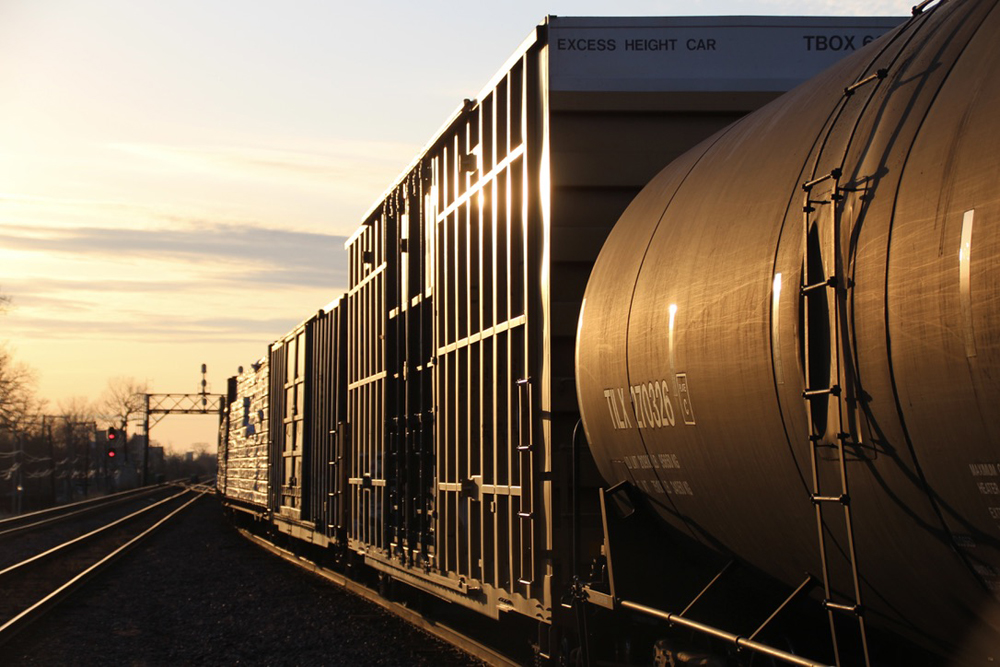
FORT WORTH, Texas — There are plenty of barriers to be faced in equipping the U.S. freight car fleet with telematics, the use of GPS equipment and other sensors to provide real-time information about car location and all sorts of additional information.
One is just getting all parties to agree on the benefits, and what that information should be.
“I think there’s a different set of expectations if you’re an asset owner, if you’re a railroad, if you’re a shipper,” says Brad Myers, executive vice president and chief operating officer of Amsted Digital Solutions. Owners are hoping for data that can help with maintenance; railroads seek safety and operational data; shippers mainly just want to know where the car is and when it will get where it’s going. “I think the alignment of all those stakeholders is really probably the key thing that we’re going to have to deal with on a go-forward basis.”
Says Michael Tyler, head of Siemens Mobility Rail Services in North America, “When you talk about digitalization and making assets smart, what you find is what starts as a small discussion with one part of an organization ends up spanning the entire organization. And there are more stakeholders involved with smart infrastructure topics than with any other part of my business.”
The headline effort in telematics is RailPulse, the coalition which so far includes GATX, Trinity Rail, Greenbrier, Norfolk Southern, Union Pacific, Genesee & Wyoming, and Watco [see “Norfolk Southern, partners tout Rail Pulse …,” Trains News Wire, Nov. 20, 2020]. Jason Ormond, GATX’s manager of emerging technologies, says the coalition now has about 400 cars in service, offering GPS and impact dection information, along with open-close, load-empty, and hand-brake status sensors. “Box cars, tank cars, covered hoppers, auto racks — just really trying to get the full scope of potential commodities that are shipped by rail.” It is about halfway through a three-stage pilot program.
RailPulse, he says, will determine standards, not provide devices, for the data effort.
“Once we can sort through a neutral and open set of standards, sort of similar to what’s already done in Europe, and modify it in a way that makes sense for our market … then it’s off to the races. We just need to do the work, and define it, and make it public, and then it’s anyone that wants to participate. … We’re looking to vendors like Amsted and others to come to us with technology.”
Cost has been one barrier to wider adaptation of telematics, Myers notes. RailPulse, by involving car owners like GATX, Trinity, and Greenbrier, helps address that, since its members “look at it like it’s a very small addition to the the total cost of ownership and the life of the asset.”
Outside of that coalition, though, shippers have been a bit more reluctant.
“They’re very much interested in the value that they can generate from basic GPS data location information,” Myers says. “The struggle that most of them have is that when you look at the population of the North American fleet is that they are leased assets. You might do a three- to five-year lease, outfit that fleet of, say, a thousand railcars with a thousand devices, and then you’ve got to take a thousand devices off, because you’re going to turn those cars back to the lessor and start over. That’s really difficult.
“So I think there’s a general understanding of the applicability and the value that can be extracted. I think if we can figure out a better path to bring that all together, then we’ve got something.”
Another issue to be addressed: these systems have the potential to produce an enormous amount of data. For some people, that’s the last thing they want, so presentation of the data will be at least as significant as its availability.
“I talked to [a manager at] one of the Class I railroads this morning,” Myers said. “He flat out said, ‘We’ve got a lot of cars. I need to manage by exception. I’ve got 70,000 cars that I own, I’ve got 200,000 on my network. I don’t want to see 200,000 cars of data. Get me to the ones I need to go do something about.’
“Well, it doesn’t matter what angle you’re looking at the problem, that’s a key part of it.”
Telematics and passenger operations
While Siemens has some involvement in the freight aspect of telematics, its larger interest comes as a manufacturer of passenger equipment. Tyler says one of the goals of digitalization for passenger and transit fleets is a shift to predictive maintenance, “which will lead to fleet availability being much higher. We talk about 100% numbers on the passenger side. I think that’s a realistic [target] … You wouldn’t need a 20% spare ratio for your fleet. You could go ahead with as little as zero, as we do with some of our transit operators.”
While telematics can bring benefits when added to older equipment — either freight or passenger — Tyler says newer passenger systems will gain additional benefits “because it will all start talking to each other. You will get a first-mile, last-mile passenger experience where it’s integrated with how the train runs. if you have an accident, then it would automatically start ordering parts. You would be ready when the train comes in for maintenance. And oh, by the way, the passengers are rerouted to where they need to go. … So I think the newer the equipment is, the more you can benefit from a digitalized system. But I think you can have a 50-year-old coach car and put a connectivity device on there and do some pretty cool stuff with it.”
Myers, Ormond, and Tyler spoke as part of a panel at the Railway Supply Institute conference in Fort Worth on Oct. 12.






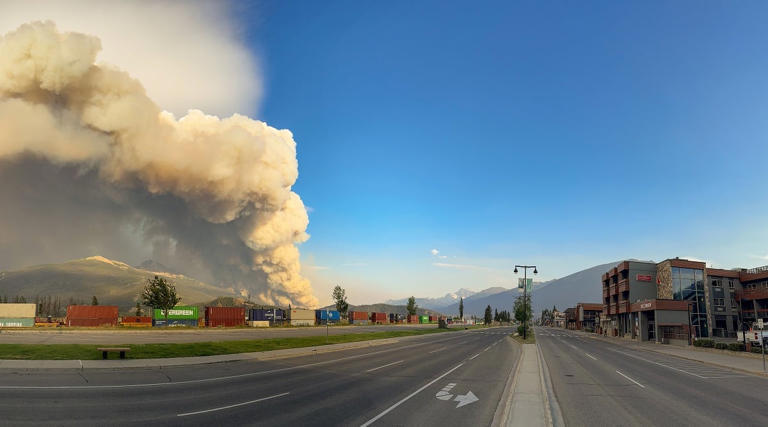
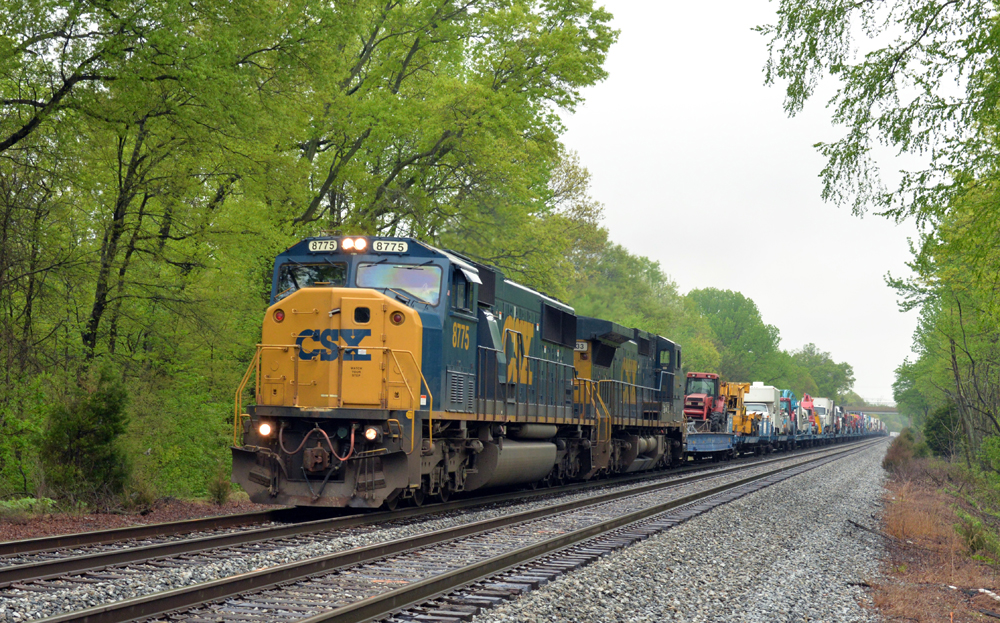
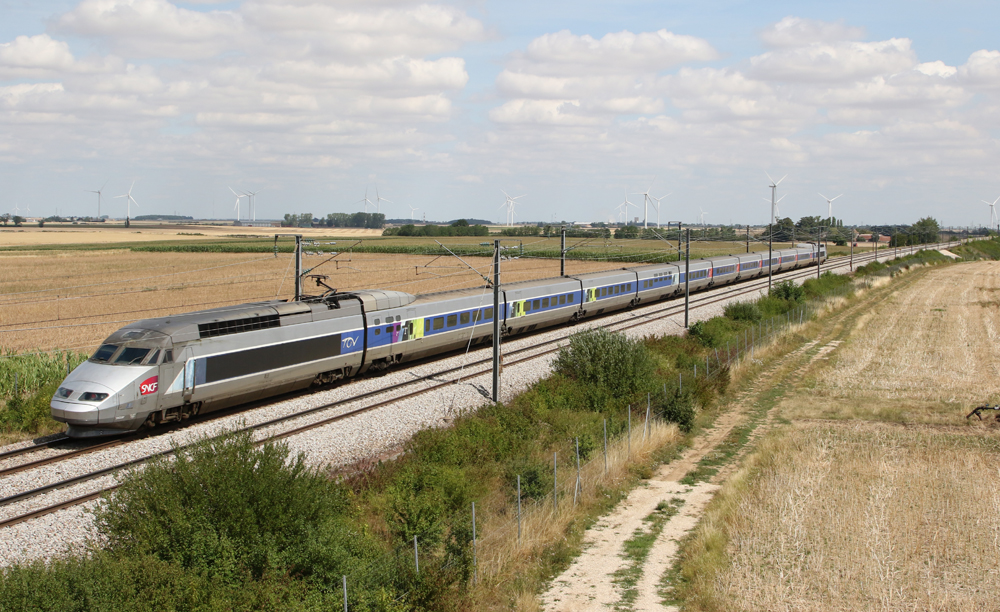
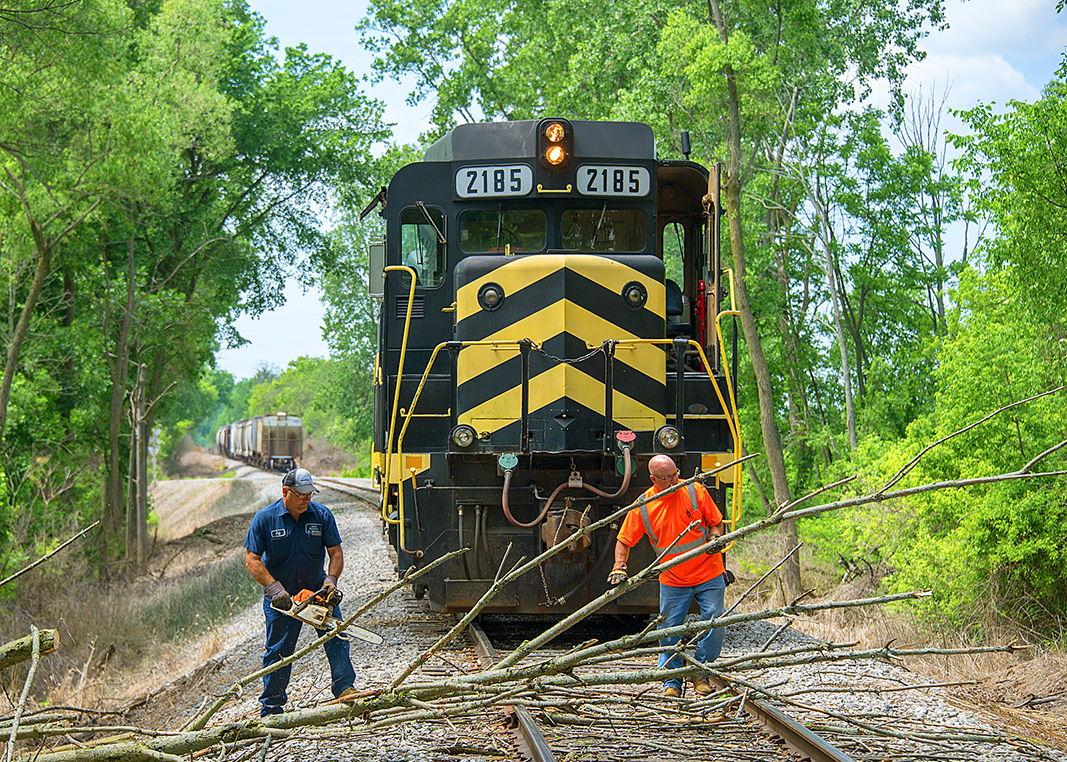




We had a third party GPS tracker package for our fleet of hazardous waste gondolas used to transport waste from Kentucky to a disposal facility in Utah. It was frustrating to watch our cars circle the destination several times before being delivered. Seemed to happen most often with the empties on return. CSX would bounce them around multiple times before finally dropping them at Madisonville for P&L to bring the final leg. Went out as a unit train but came back as ones and twos. We needed them back to reload.
When UPS decides to route my cargo from China via air bridge in Anchorage instead of by ship via Long Beach, do I care? When FedEx routed a recent order via O’Hare from Shanghai, did I care? No.
Why? Because they both reached the destination at the time promised. So it would be with providing shippers & customers with routing and delivery data. Not a big deal.
Using the same UPS/FedEx example, when I order out of a LA based warehouse, I always get the last update as “left Commerce CA.” and then nothing for 4 days. Which typically means it is somewhere on the BNSF network or the CSX/NS side.
Now would it be asking too much if I am able to track the 10 tank cars of dihydrogen monoxide as it passes through each terminal? I don’t think so. The technology for such things has been around for decades.
My take is that railcar makers start using a smart air hose system. Since they all have to be connected for the consist to move, data can be passed through it. If data can be passed, then telemetry can be gained.
Pratt & Whitney, GE and Safran can all get jet engine telemetry from all over the world using the ADS-B network while they are in flight. And there are thousands of engines in flight around the world at the same time. I don’t think its impossible.
The shippers/receivers care because unlike UPS/FedEx, the railroads have consistently demonstrated that they CANNOT provide the same reliable service that we’ve all come to expect from the package carriers. That’s why the customers have to go into the weeds to find out where their cars are located and make their best guess as to when those cars will arrive (and modify their production schedules, etc., accordingly). Customers are -rightfully – applying the same expectations they have for other modes to the railroad world, but the railroads are nowhere near being able to provide that level of service yet (if they ever care to).
Too much information? Really! Availability of information with a keyboard could only be a positive. So what if the railroads have accountability concerning information on a cars location. That alone would explain to shippers, owners and all participating railroads. Technology! Time to get with the program and do it now rather than having a long debate over a simple tool to track information. There are benefits from every angle. Today’s railroads can put the telegraph away and operate sensibly in 2022 and onward.
I’m not in the industry… but, does that RR manager think all that data will seep out of his computer system and flood the floor? Information of 200,000 cars (plus!) will be available only for the asking-duh!
Alan Jones is probably correct. The RR manager doesn’t want customers looking over their shoulder–the RR just might be held accountable for actually managing their fleet. As in, I paid for this freight car to travel from point A to point W…and that’s what I want it to do–why can’t you just do it?
Too much info ?? RRs may not want customers to know what car X is doing. Gives shippers and receivers info the RRs do not wat the customers know. STB will get complaints when shipments do funny things.
Gerald: ……”because he’s never had it before.”………besides that, could it be that w/ more data:
1. more work 2. more accountability 3. if huge info dump, IT ( info tech ) can separate all that and present only ones pertinate needed 4. or is this accountability ( too much data NOT wanted by RR ……yet Customers would love it.
Seems either: YOU DO IT NOW…..or STB might require it.
TMI (Too Much Information)…CAN be bad, even so, it can be ignored. Where as, finding a problem/solution HAS to have every piece of information found. endmrw1119220947
“…sensors will have clear benefits but faces some benefits…” Oy. Really kids? Really?
DANIEL: Online posts aren’t magazine articles which are reviewed by editors to be published a month from now. Typically, they’re instantaneous articles and updates submitted by the author. We all benefit from the ability to get news and info ‘real time’.
I’ll give the benefit of the doubt that all correspondents here strive for accuracy, but like all of us, they’re going to be guilty of an occasional typo (I’ll be surprised if, upon rereading this, I don’t find a couple of my own. When one of us observes this, all that’s required is a short post to inform the author of the error, and they’re usually pretty quick to correct it. No incredulity is required.
Well said Andy. Completely agree.
Solution for lease fleets, the equipment is put on the car when built, it becomes just another part of the car and moves from leasee to leasee. As for that RR manager, send him back to school…what he really wants is data on all 200,000 cars online as well as the 70,000 cars owned by the railroad…he just doesn’t know it because he’s never had it before.